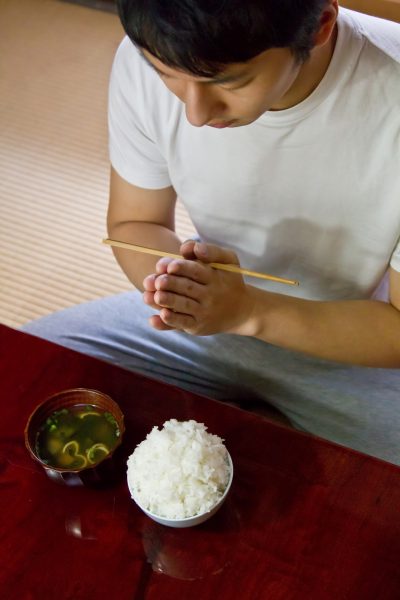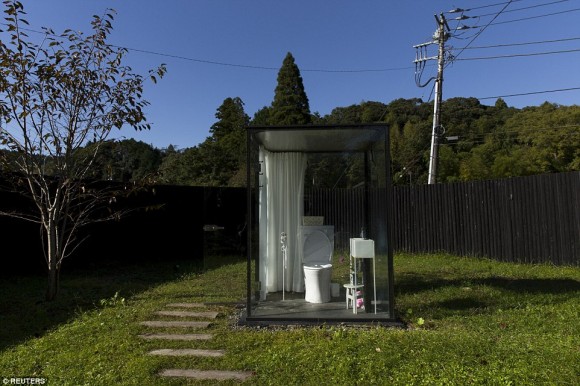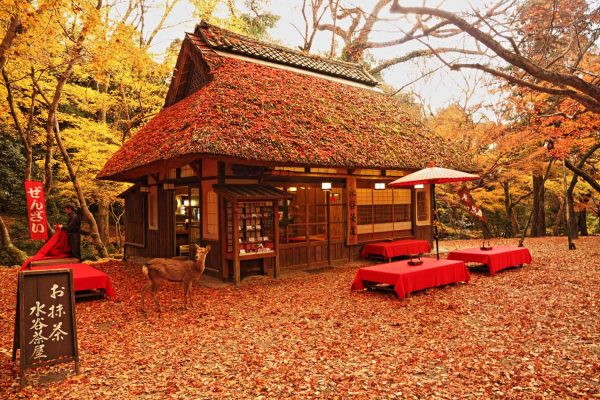
Japanese traditional entertainment is the name that indicates the art and skill which have remained in Japan for a long time. For example, poetry, music, dance, drama, painting, crafts, arts and crafts are those. Knowing Japanese traditional entertainment creates a deeper knowledge of Japan, I think. Now, let me show you some of the Japanese traditional entertainment. Let’s check it out !
Contents
Drama

Refer to this site: http://www.asoview.com/act/noh/fukuoka/are0400100/pln3000017632/
There are, for example, Nogaku, Bunraku, and Kabuki etc. in Japanese traditional drama. Music and dance become the important elements among them.
Nogaku

Refer to this site:http://www.watabe-lab.org/news/2014/09/20140918133532.html
Nogaku is the entertainment that has been inherited for over 600 years since the Muromachi Period, and there are Noh and Kyogen. Briefly speaking, the main character of Noh is mostly the ghosts, and that is a person who wear a Noh mask. On the other hand, Kyogen is a comedy by a dialogue. Nohgaku has also had a great influence on the later Ningyo joruri Bunraku and Kabuki etc.
Bunraku

Refer to this site:http://blogs.yahoo.co.jp/watch_compass/7004874.html
Bunraku is the pronouns pointing to a puppet theater (puppet joruri). It is a traditional Japanese puppet theater which manipulates dolls with shamisen as an accompaniment. Dolls are manipulated by three people. It was registered as a World Cultural Heritage in 2003.
Kabuki

Refer to this site:http://doragon.info/kabuki/
Kabuki is the drama specific to Japan, and also an important intangible cultural asset. Kabuki was born in the Edo Period. It has been said that “Kabuku” to make a strange dress, and that it is “ Izumo no Okuni “ that danced in such a costume and hairstyle.
Music

Refer to this site: http://www.kcua.ac.jp/admission/openschool2012/
Japanese traditional music is very diverse in instruments and types. It is characteristic that most of them are using various instruments.
Soukyoku

Refer to this site:http://e-jmusic.com/
Soukyoku is the music playing the Koto(Japanese harp). It was founded in the early Edo Period. The school divides into two parts. The rich tone of the Koto is very beautiful, you will be addicted once you listen to it.
Shamisen

Refer to this site:http://ainote-kai.blog.jp/archives/51684324.html
Shamisen is a musical instrument that uses cats and dog skin, it is said that the establishment was in the 15th and 16th centuries. Tsugarujamisen, one of the Shamisen music in Tsugaru region, is also famous.
Shakuhachi

Refer to this site:http://www.sonymusic.co.jp/topics/2637
Shakuhachi is a kind of woodwind instrument in Japan, originated from the Chinese Tang and came to Japan. It became the present form from the Kamakura period to the Edo period. Recently, Yumi Tsujimoto was introduced on TV as a shakuhachi player who is so beautiful.
Shou
Sho is said to have been transmitted to Japan around the Nara period, and now, it is used not only as Gagaku but also by the composer of classical music and as an accompaniment instrument of vocal music.
Kotsudumi

Refer to this site:http://www.m-gakusei.com/index.php?%E5%90%9F%E5%89%A3%E8%A9%A9%E8%88%9E%E3%81%AE%E8%88%9E%E5%8F%B0
Kotsudumi is one of the traditional instruments peculiar to Japan, and by manipulating cord freely, they can separate several kinds of sounds. It is characterized by putting a shout when playing.
Dance

Refer to this site:http://blog.goo.ne.jp/kyo-siki/e/0d3b59dcad5639d60fd96645fc2d0d9f
Japanese traditional dance consists of dancing and swinging elements. In recent years, Japanese dance has also been internationalized.
Nihon Buyo

Refer to this site:http://www.geocities.jp/sinbuyou/sinbuyou/galally/galally1.html
There are currently over 200 schools in Japanese dance, and among them, there are five major schools such as Hanayagiryu.
Entertainment

Refer to this site: http://blogs.yahoo.co.jp/kosamechannel/30653739.html
The entertainment is a general term for rakugo, Rokyoku, magic tricks, Daikagura, popular vaudeville entertainment, and became popular along with the development of the vaudeville during the Edo period. Today, miscellaneous popular entertainments have been born one after another and have been enjoyed .
Rakugo

Refer to this site:http://news.ameba.jp/20121019-178/
Rakugo is a representative of Japanese storytelling and was established in Japan in the Edo period. Sitting on the cushion, The storyteller of Rakugo plays multiple roles and act funny.
Rokyoku

Refer to this site:http://iwatatoshio.com/?p=6290
Rokyoku is a kind of public entertainment that sings in accordance with Shamisen, and is said that it was in the Meiji Period that has become the present style. It is also said, “ Naniwabushi “.
Traditional Art Craft

Refer to this site:http://fanfunfukuoka.com/feature/33382/
Traditional art crafts have handed down from ancient times in Japan. There are wonderful traditional art crafts all over Japan, and each feature and scale are also various. Let’s see attractive Japanese traditional crafts.
Hakata Doll Craftsman

Refer to this site:http://blog.goo.ne.jp/noyamany/e/d4126303caacb8c95a8aa371094d80a2
Hakata doll is one of designated traditional craftworks by the Minister of Economy, Trade and Industry, representing Fukuoka Prefecture. The decoration of famous festival of Fukuoka, Hakata Yamakasa is produced by Hakata Doll maker. Only Hakata Doll makers who have engaged in Yamakasa doll making for many years and mastered skills can make Yamakasa’s decoration. This work was produced by Masahiro Okiayu.
Amezaiku Craftsman

Refer to this site:https://ippin.gnavi.co.jp/article-3334/
Amezaiku is a Japanese traditional art that has been widely familiar with common people since the Edo Period. Ameshin is a shop in Asakusa that specializes in Amezaiku (candy craft ). The chief craftsman of Asakusa Ameshin is Shinri Teduka. He established Asakusa Amezaiku Ameshin in 2013.

Refer to this site:http://news.rabbitalk.com/archives/1027228876.html
He makes and sells various kinds of candy works such as gold fish, squid, cat, lion and so on. The fine making in detail is so wonderful. You can buy his work at a second shop of Tokyo Soramachi.
Summary

Refer to this site:http://japan-trad.net/performing_arts.html
How many did you know about Japanese traditional entertainments that I introduced today?These Japanese traditional entertainment that has been inherited beyond the era is a wonderful Japanese traditional cultures which we want to convey not only to Japan, but also overseas.





























